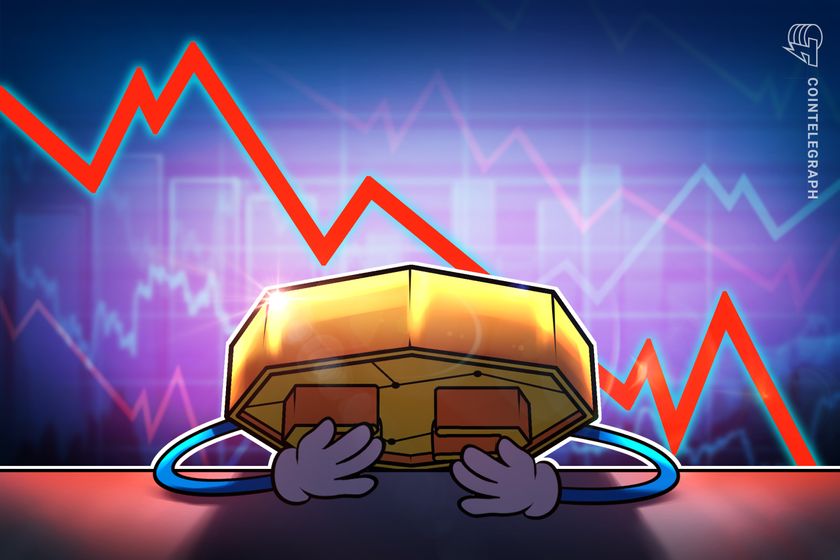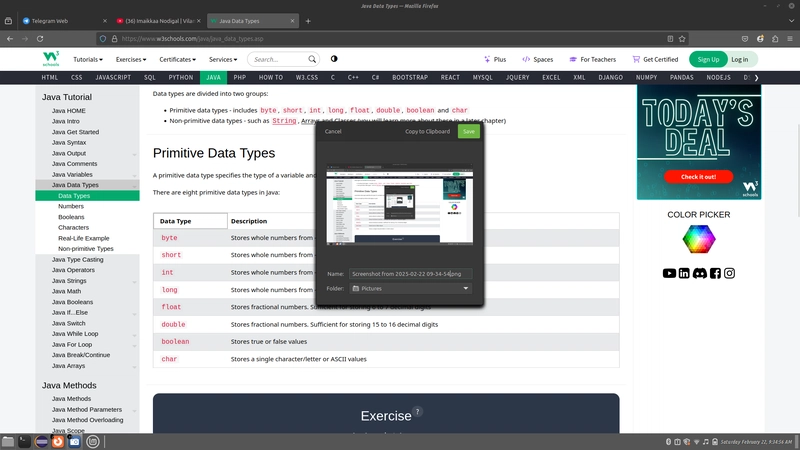What is the Security Operation Center (SOC) Framework?
In an age where cyber threats evolve rapidly, organizations must implement a proactive, centralized approach to threat management. The Security Operations Center (SOC) Framework serves as the foundation for a structured and scalable cybersecurity operation, designed to detect, assess, and neutralize security incidents in real time. Understanding the SOC Framework The SOC framework is not just a guideline—it’s a strategic model that integrates the people, technologies, and workflows necessary to maintain continuous security monitoring. It standardizes how a security team operates, enabling consistent processes for identifying, investigating, and responding to potential threats across complex IT environments. Core Elements of the SOC Framework To function effectively, a SOC is built upon five foundational pillars: Personnel: Security analysts, engineers, and managers who execute day-to-day operations and strategic planning. Processes: Defined procedures for threat detection, incident response, escalation, and resolution. Technology Stack: Advanced security tools like SIEM, SOAR, and EDR solutions that enable rapid analysis and automation. Threat Intelligence: Real-time insights into emerging threats, enabling proactive defense strategies. Regulatory Compliance: Integration of controls aligned with standards such as NIST, ISO 27001, and industry-specific regulations. Operational Capabilities of a Modern SOC A well-implemented SOC framework delivers key capabilities that enhance organizational security: Continuous Security Monitoring: Real-time analysis of logs, network traffic, and system behaviors. Threat Analysis & Prioritization: Use of AI and analytics to filter signal from noise. Structured Incident Response: Standard playbooks and automated workflows to quickly contain and remediate incidents. Proactive Threat Hunting: Identifying hidden risks through hypothesis-driven investigation. Audit Logging & Reporting: Maintaining logs for compliance, investigation, and forensic analysis. Flexible SOC Deployment Models Depending on organizational needs, SOC services can be delivered through: Dedicated In-House Teams SOC-as-a-Service (SOCaaS) Providers Co-managed SOC Partnerships Enterprise-Level Command SOCs Overcoming Implementation Challenges SOC frameworks often face challenges such as budget constraints, alert fatigue, integration complexities, and compliance overhead. These can be mitigated through a combination of automation, centralized toolsets, threat intelligence platforms, and skilled personnel or managed service providers. Conclusion: The Strategic Role of SOC A SOC framework is more than a technical construct—it’s a business enabler. It delivers the structure and agility required to defend against sophisticated cyber threats while supporting organizational growth. As cybersecurity threats intensify, a well-defined SOC framework ensures operational readiness, regulatory alignment, and long-term resilience.
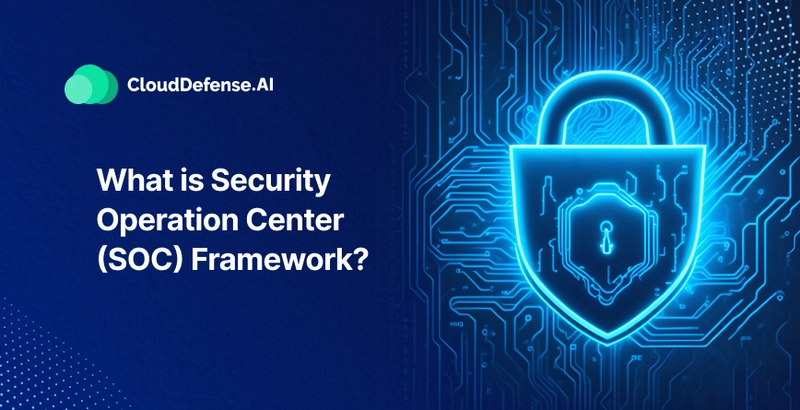

In an age where cyber threats evolve rapidly, organizations must implement a proactive, centralized approach to threat management. The Security Operations Center (SOC) Framework serves as the foundation for a structured and scalable cybersecurity operation, designed to detect, assess, and neutralize security incidents in real time.
Understanding the SOC Framework
The SOC framework is not just a guideline—it’s a strategic model that integrates the people, technologies, and workflows necessary to maintain continuous security monitoring. It standardizes how a security team operates, enabling consistent processes for identifying, investigating, and responding to potential threats across complex IT environments.
Core Elements of the SOC Framework
To function effectively, a SOC is built upon five foundational pillars:
- Personnel: Security analysts, engineers, and managers who execute day-to-day operations and strategic planning.
- Processes: Defined procedures for threat detection, incident response, escalation, and resolution.
- Technology Stack: Advanced security tools like SIEM, SOAR, and EDR solutions that enable rapid analysis and automation.
- Threat Intelligence: Real-time insights into emerging threats, enabling proactive defense strategies.
- Regulatory Compliance: Integration of controls aligned with standards such as NIST, ISO 27001, and industry-specific regulations.
Operational Capabilities of a Modern SOC
A well-implemented SOC framework delivers key capabilities that enhance organizational security:
- Continuous Security Monitoring: Real-time analysis of logs, network traffic, and system behaviors.
- Threat Analysis & Prioritization: Use of AI and analytics to filter signal from noise.
- Structured Incident Response: Standard playbooks and automated workflows to quickly contain and remediate incidents.
- Proactive Threat Hunting: Identifying hidden risks through hypothesis-driven investigation.
- Audit Logging & Reporting: Maintaining logs for compliance, investigation, and forensic analysis.
Flexible SOC Deployment Models
Depending on organizational needs, SOC services can be delivered through:
- Dedicated In-House Teams
- SOC-as-a-Service (SOCaaS) Providers
- Co-managed SOC Partnerships
- Enterprise-Level Command SOCs
Overcoming Implementation Challenges
SOC frameworks often face challenges such as budget constraints, alert fatigue, integration complexities, and compliance overhead. These can be mitigated through a combination of automation, centralized toolsets, threat intelligence platforms, and skilled personnel or managed service providers.
Conclusion: The Strategic Role of SOC
A SOC framework is more than a technical construct—it’s a business enabler. It delivers the structure and agility required to defend against sophisticated cyber threats while supporting organizational growth. As cybersecurity threats intensify, a well-defined SOC framework ensures operational readiness, regulatory alignment, and long-term resilience.












































































































































































![[The AI Show Episode 143]: ChatGPT Revenue Surge, New AGI Timelines, Amazon’s AI Agent, Claude for Education, Model Context Protocol & LLMs Pass the Turing Test](https://www.marketingaiinstitute.com/hubfs/ep%20143%20cover.png)














































































































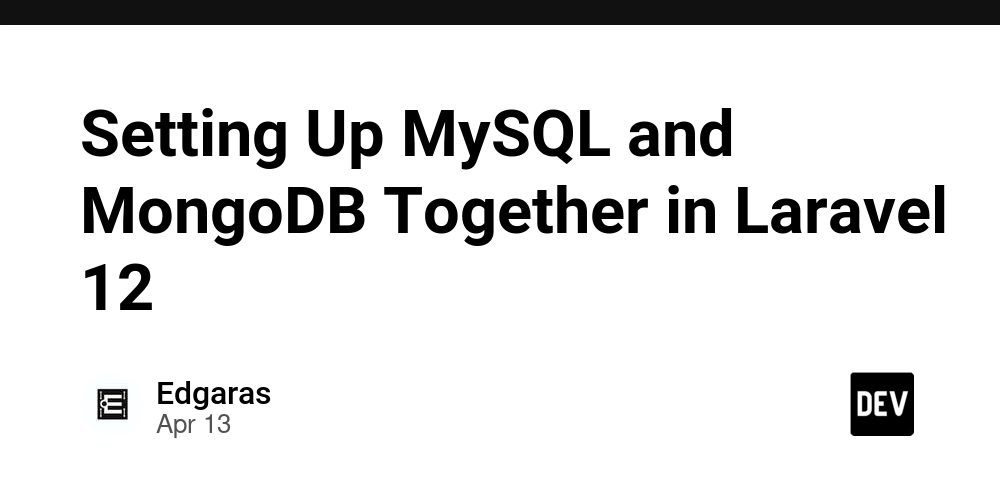
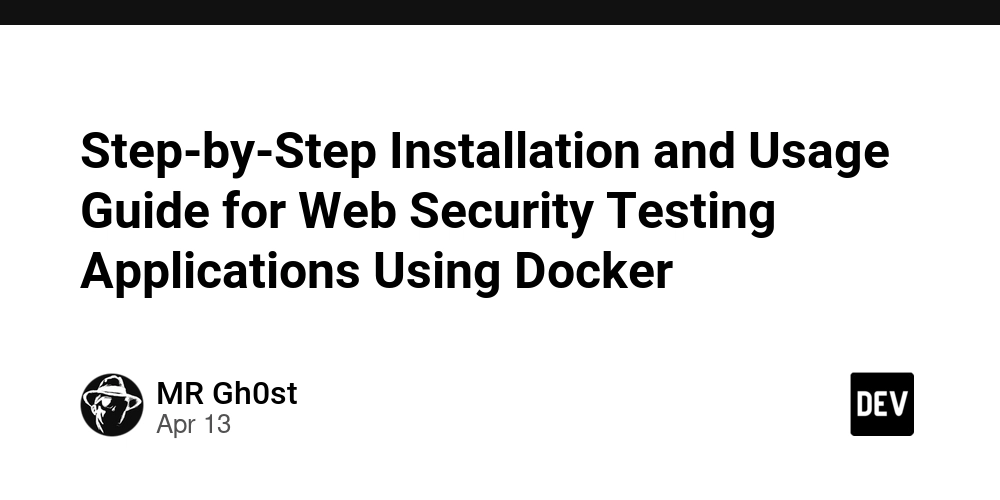
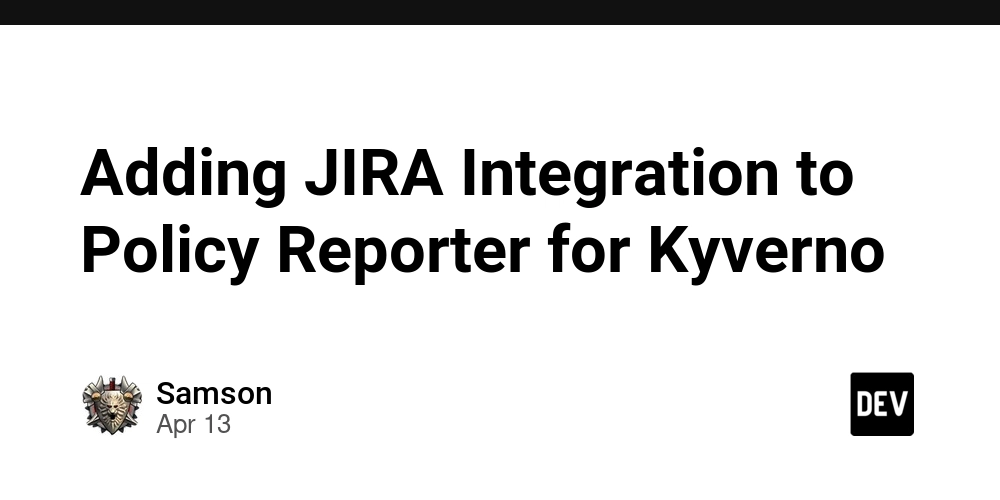








![[DEALS] Microsoft Visual Studio Professional 2022 + The Premium Learn to Code Certification Bundle (97% off) & Other Deals Up To 98% Off](https://www.javacodegeeks.com/wp-content/uploads/2012/12/jcg-logo.jpg)



![From Accountant to Data Engineer with Alyson La [Podcast #168]](https://cdn.hashnode.com/res/hashnode/image/upload/v1744420903260/fae4b593-d653-41eb-b70b-031591aa2f35.png?#)



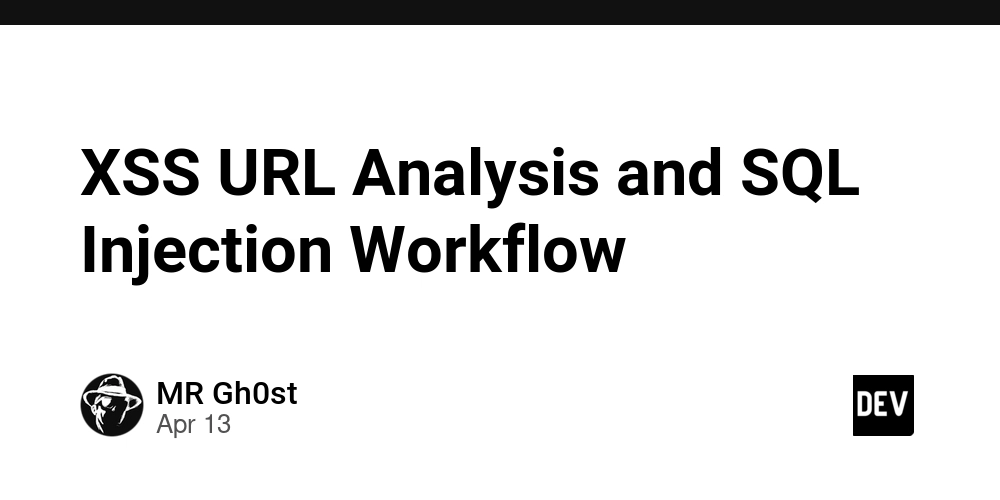




































































































.png?#)



































































































































![What Google Messages features are rolling out [April 2025]](https://i0.wp.com/9to5google.com/wp-content/uploads/sites/4/2023/12/google-messages-name-cover.png?resize=1200%2C628&quality=82&strip=all&ssl=1)











![iPadOS 19 Will Be More Like macOS [Gurman]](https://www.iclarified.com/images/news/97001/97001/97001-640.jpg)
![Apple TV+ Summer Preview 2025 [Video]](https://www.iclarified.com/images/news/96999/96999/96999-640.jpg)
![Apple Watch SE 2 On Sale for Just $169.97 [Deal]](https://www.iclarified.com/images/news/96996/96996/96996-640.jpg)

























































































































